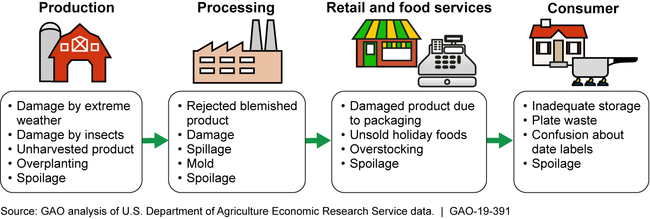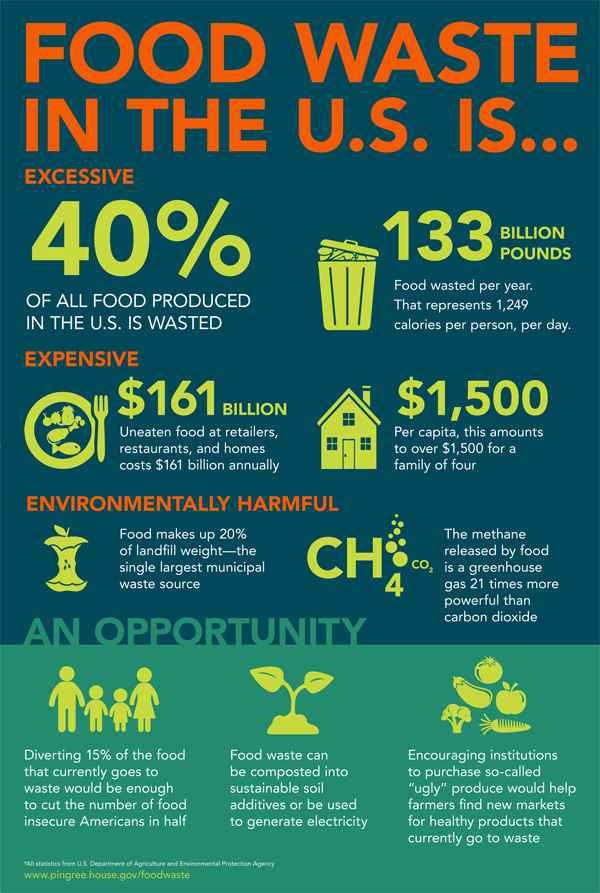This month, they held their annual event, Food/Ag Ideas Week, featuring speakers, tours, demos and a showcase of local products. Sessions included topics such as; Food System Resiliency in the Urban Environment, The Rise of Upcycled Products and Sustainable and Responsible Food Chains. It is conversations like these that will help us reach the UN’s Sustainable Development Goal of Zero Hunger by 2030.
Executive Director, Alison Hohn, shared more about the event in this Ag Week Article.
“There’s a lot of mega climate change events happening with hurricanes, drought and fires,” she said. “And then everything with the geopolitical conflict in Ukraine impacting supply chains and growing production there.”
She said they also considered socioeconomic disparities in the state, and people who are in need of healthy food options.
“We really wanted to talk about topics that impacted all of that, and the overarching interconnectedness of the global food supply,” she said.


